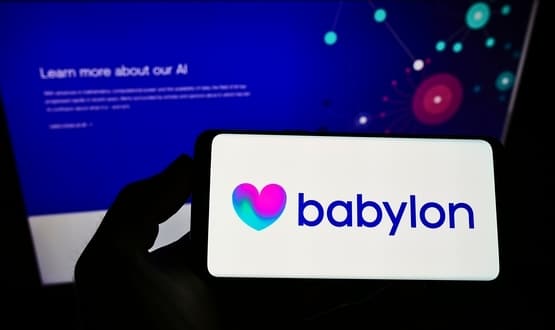Call for improved sat nav for blind
- 29 April 2008
Professor John Gill, chief scientist at the Royal National Institute of Blind People has called for satellite navigation systems to be better equipped with more detailed information for the blind.
Speaking at a media roundtable on location technologies and assisted living, Professor Gill said technology trends are getting better at addressing the needs of the blind, but more needs to be done to ensure their wellbeing.
He said: “Satellite navigation systems and global positioning systems are likely to become standard in many devices and services. This will solve the problem of tracing people and will help in navigation.
“However, to be useful in all environments, GPS localisation should be integrated by the deployment of networks of sensors in closed spaces. Another major problem is the lack of detailed maps. Blind people need good, accurate and reliable information to guide them on their routes, the systems out there for them at the moment cannot offer this.”
There are currently few dedicated speaking GPS units available, including Braille functionality.
Typically, those which are offered to the blind use a PDA controlled by a touch screen, adapted with a tactile overlay and speech output software. This is connected to a GPS receiver and gives navigation information to the user as speech output.
However, they do not tend to pick up specific locations, but more often addresses.
“A man looking for his nearest pub is more likely to have to know the exact door number and road name, than being able to search for it based on the pub name, for example,” said Professor Gill.
Knowing where you are going by hearing spoken instructions is not enough, he added. In an emergency, a user needs to be able to give paramedics specific information as to where they should go.
Professor Gill said: “Emergency services often need to know the precise location of an incident. A blind user may not be able to describe their position, so the ability to transmit information specifying their location could be invaluable.”
He added: “Satellite navigation systems can be used to determine one’s position to a few metres. However, this requires line-of-sight to three or four satellites, which means being outdoors and not close to tall buildings.
“There must be more governmental and manufacturer collaboration on this, to ensure the best service possible is provided, and is able to integrate with other digital mapping services.”




